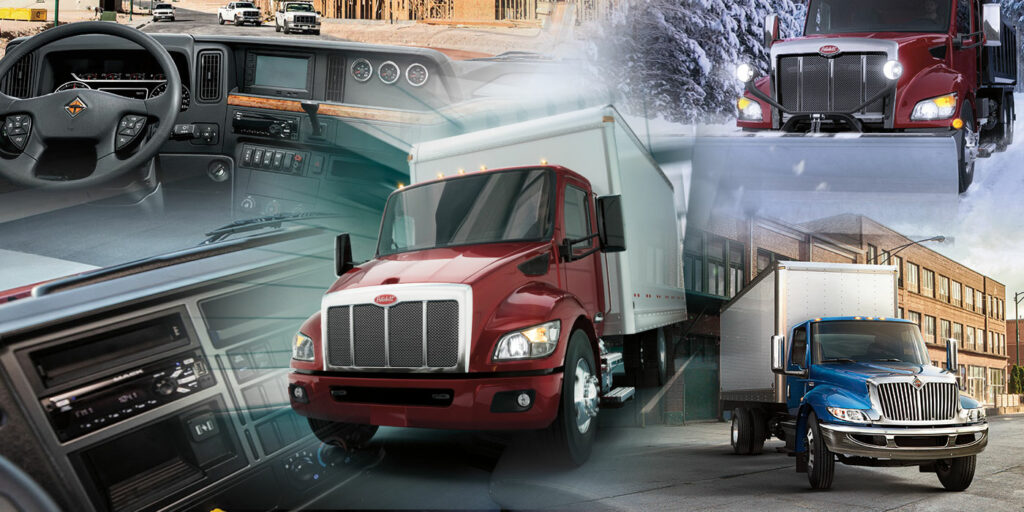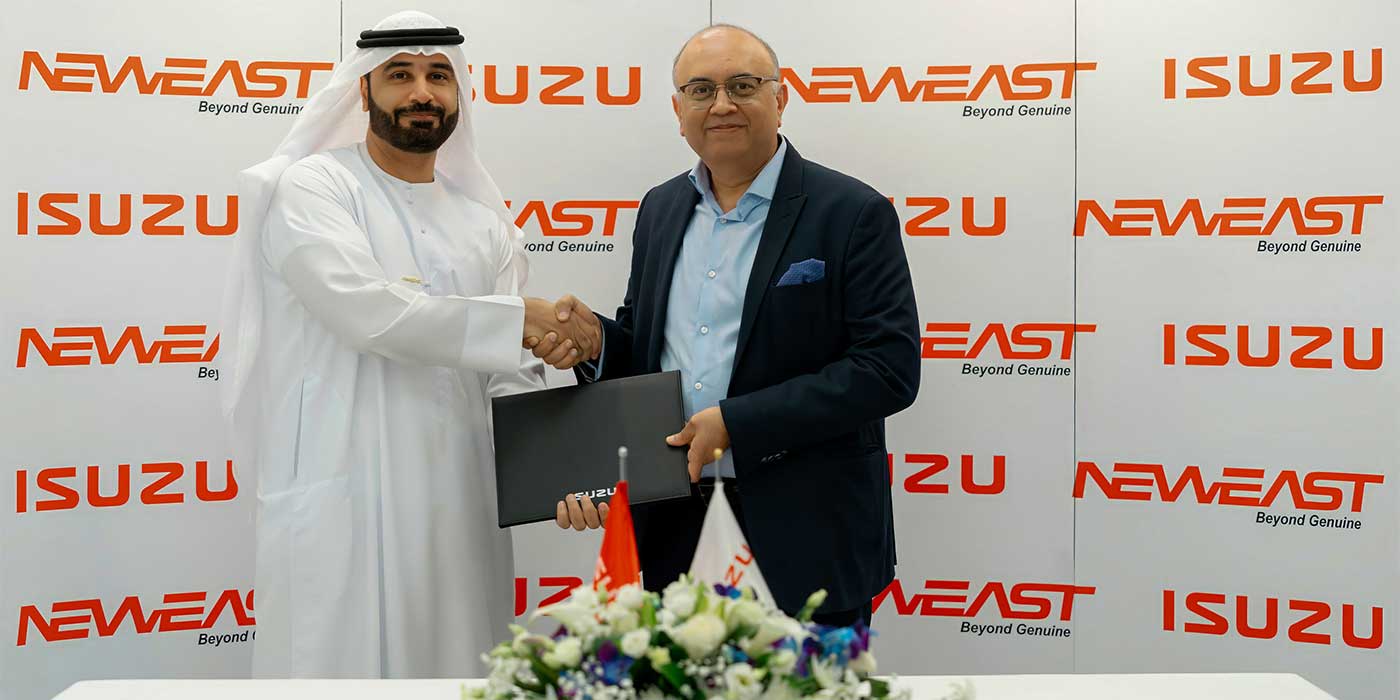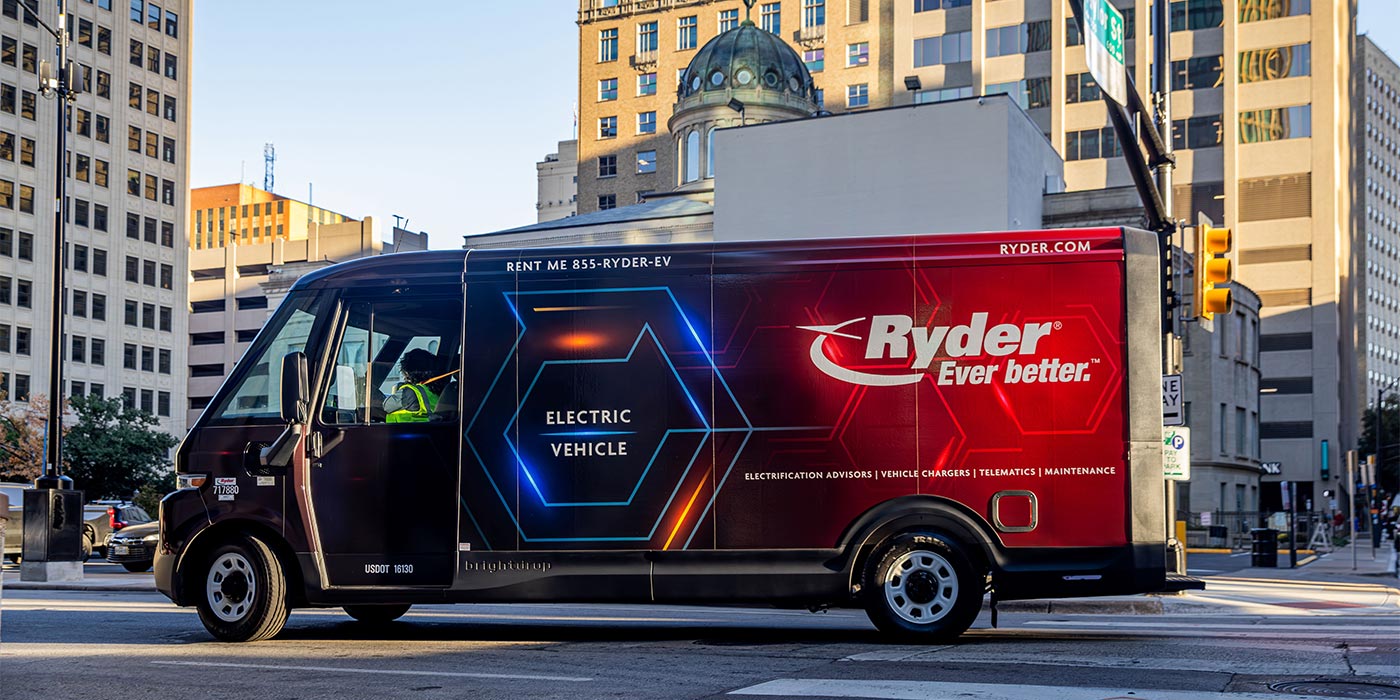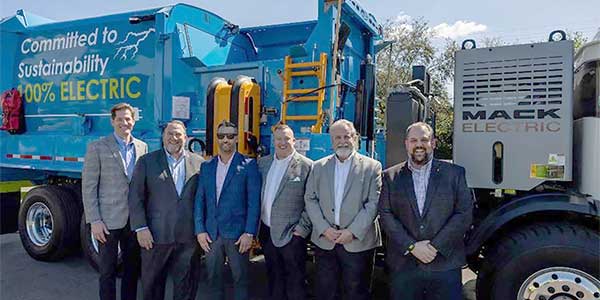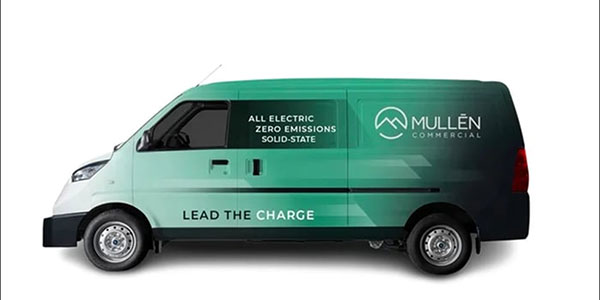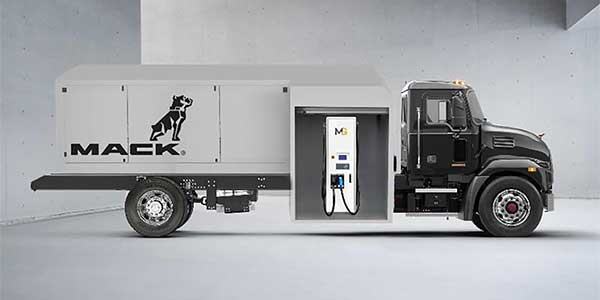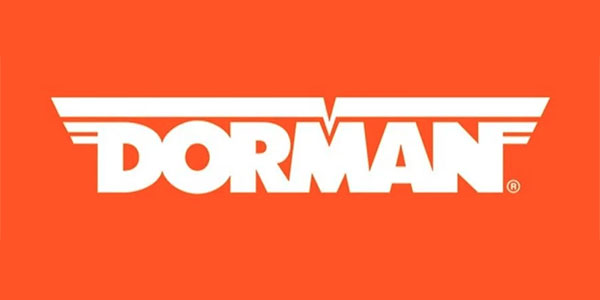It’s often hard to tell, in the moment, the difference between a passing fad and a trend that’s here to stay. Those Beanie Babies people hoarded in the late ’90s didn’t end up paying for anybody’s college education, and despite all the hype, Bitcoin has not exactly deposed the U.S. dollar as our go-to trusted currency. Yet, many of the staples of our society, from the internet to the smartphone, were waved off by naysayers as fads when they first arrived on the scene.
So, to turn this to the trucking industry, when we see trends like the current rise of last-mile delivery, it’s important to ask: Is this here to stay?
Though we can’t know for sure, the answer seems to be yes.
The medium-duty market by the numbers
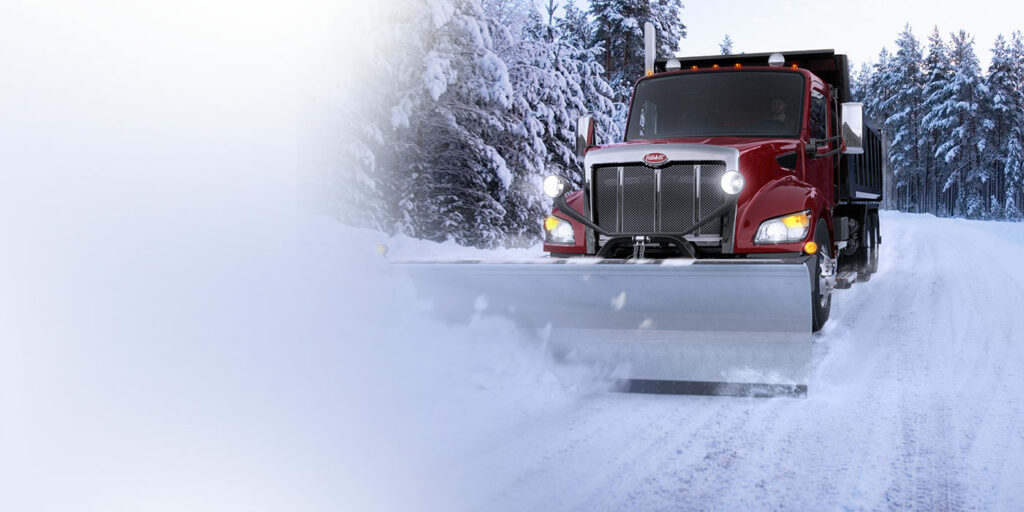
2020 was a strange year for the medium-duty market. Orders dropped sharply as the COVID-19 pandemic swept across the nation, but made a quiet yet strong recovery towards the end of the year. And last-mile delivery was incredibly strong all year, again thanks to the pandemic.
Overall, big numbers are predicted for 2021: ACT Research is estimating 2021 at around 85,000 units – up 12% over 2020. The most recent numbers are strong: Orders for Classes 5-7 in March, at 31,400 units, were up 19% from February and more than double (103%) March of 2020, ACT reported.
“Some of the largest medium-duty customers took a pause when COVID hit as everyone assessed the impact of the pandemic,” says Debbie Shust, vice president of medium duty truck for Navistar. “As customers saw a rebound in the economy and a continued strong need for trucks, we saw a pickup in monthly orders. Since September, monthly order receipts have been extremely strong. In fact, December was the second-highest order receipt month on record. And January and February have continued that strong trend. As order boards grow longer, we do expect that order receipts to moderate some but 2021 will still be a strong year.
“In addition, segments such as construction, especially private construction, have continued to perform well and are projected to be even stronger should any type of infrastructure bill be passed in 2021-22.”
Today’s medium-duty trends
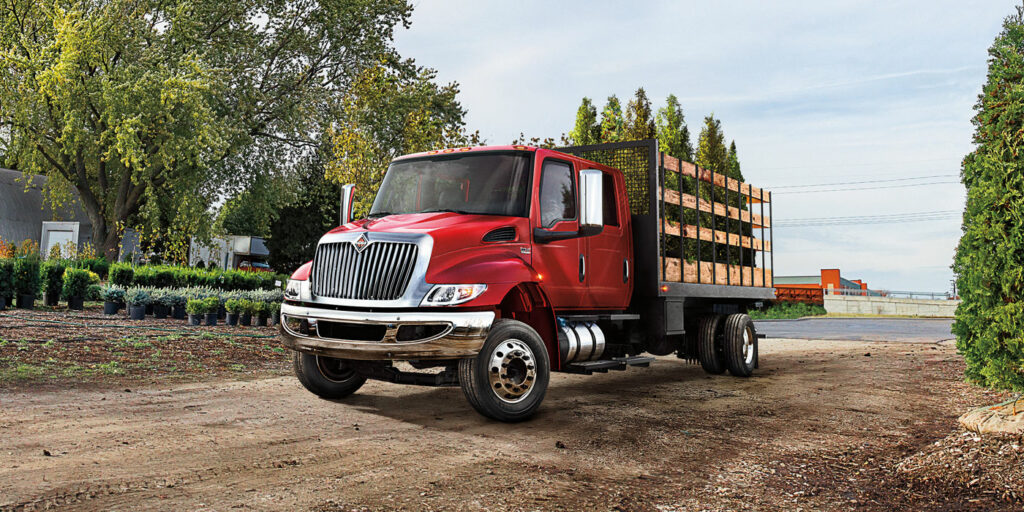
The rise of medium-duty is buoyed by both the last-mile boom and by a growing tendency among some fleets to favor Class 6 and 7 trucks which don’t require a CDL in the hopes of attracting a wider pool of drivers.
But how will this affect segments such as vocational? Navistar’s Shust suggests that, in these areas, the CDL requirement is “unlikely” to drive significant change.
“Customers who purchase higher GWVRs tend to be vocational and purchase because their business requires it,” she explains. “Although we have seen some mild impact of last mile to the medium-duty business, most of the boom is in the lower classes like Class 2-3 vans.”
On the other hand, Dayle Wetherell, Mack vice president of medium-duty sales, says that Mack is counting on the increasing trend toward last-mile deliveries using medium-duty trucks.
“The split between Class 6 (non-CDL) and Class 7 has been around two-thirds to one-third, respectively. At Mack we see a stronger bias to our MD6, Class 6 product,” he notes. “The driver pool continues to challenge our industry. Requiring a CDL further limits available drivers. Therefore, some customers may opt to change their transportation schemes to fit into a Class 6 product. Class 6 will continue to be strong, but there are certain payloads that require a CDL regardless of chassis GVWR. Many of these customers will opt for a Class 7 product for more payload capacity.”
Phil Hall, medium-duty product manager at Peterbilt, notes that 32% of the medium-duty market is comprised of pickup and delivery, while 37% is lease rental, giving the two 69% of the market combined. “Unbelievable,” he says.
This, he continues, directly impacted the design of Peterbilt’s new medium-duty trucks. Speaking of which…
New truck models
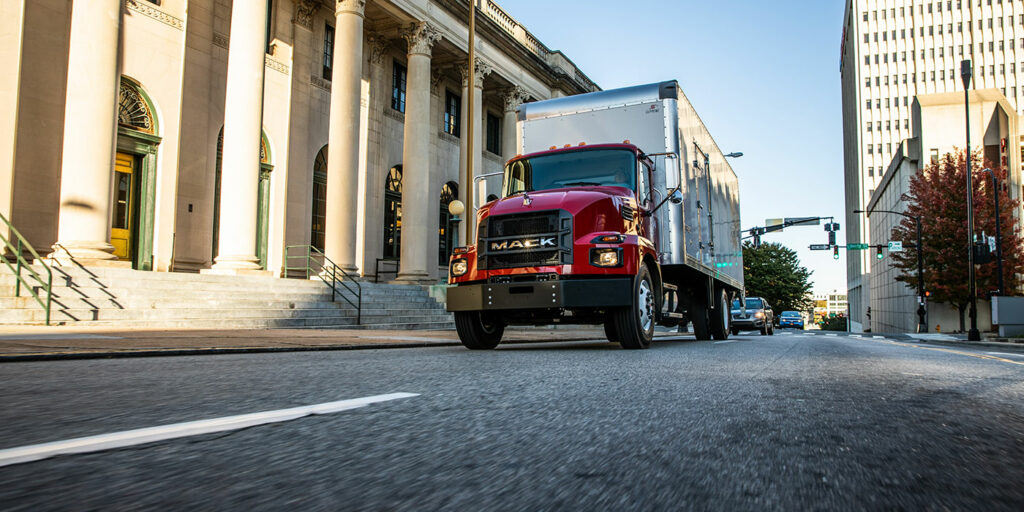
The past year has already seen several new options in the medium-duty space.
Peterbilt made the most recent medium-duty splash, unveiling four new medium-duty models: Model 537 and Model 548, designed for the Class 7/8 segment, and Model 535 and Model 536, designed for the Class 5/6 non-CDL lease and rental markets.
Each new model is available for order with deliveries starting in July.
Peterbilt says the new Model 537 and Model 548 are built upon a new customizable chassis, have two hood options, are available with wide or standard track axles and boast a wider cab and a new 7-in. digital display. A more detailed overview of the features can be found in our story here.
Kenworth also recently made news in the medium-duty space, announcing several new trucks: the T180 (Class 5), T280 (Class 6), T380 (Class 7) and T480 (light Class 8). In addition, for customers needing FEPTO, full parent rails and fixed grille, Kenworth added the T380V and T480V with a vocational hood.
The new trucks offer three hood types: short aero hood (107.5-in. BBC) that accommodates front axles from 8K to 20K lbs., medium aero hood (109.5-in. BBC) for higher horsepower and AWD applications, and Kenworth’s vocational ‘sloped’ hood for the T380V and T480V. The shorter wheelbases produce a tighter turning radius and enhanced maneuverability for urban or vocational operating environments. You can find more details about the trucks in our story here.
Additionally, last year Mack Trucks returned to the medium-duty space for the first time in several decades, announcing the MD6 and MD7 trucks, which belong to Class 6 and 7 respectively. The MD6 has a gross vehicle weight rating (GVWR) of 25,995 lbs., while the MD7’s GVWR is 33,000 lbs. Both models are exempt from the 12% Federal Excise Tax (FET), and a commercial driver’s license (CDL) is not required to operate the MD6 model as long as the payload is non-hazardous.
According to Mack, the MD6 and MD7 are ideal for dry van/refrigerated, tank truck, dump, stake and flatbed applications. The MD Series, available in 4×2 configurations, also offers a clear back of cab and top of frame rail to make it easier for body builder adaptations, the OEM said.
And that’s not getting into the many electric medium-duty models that have become available over the past year from the likes of Peterbilt, Kenworth and Ford. It’s safe to say that there is a lot happening in the medium-duty market right now.
Trends can change trucks
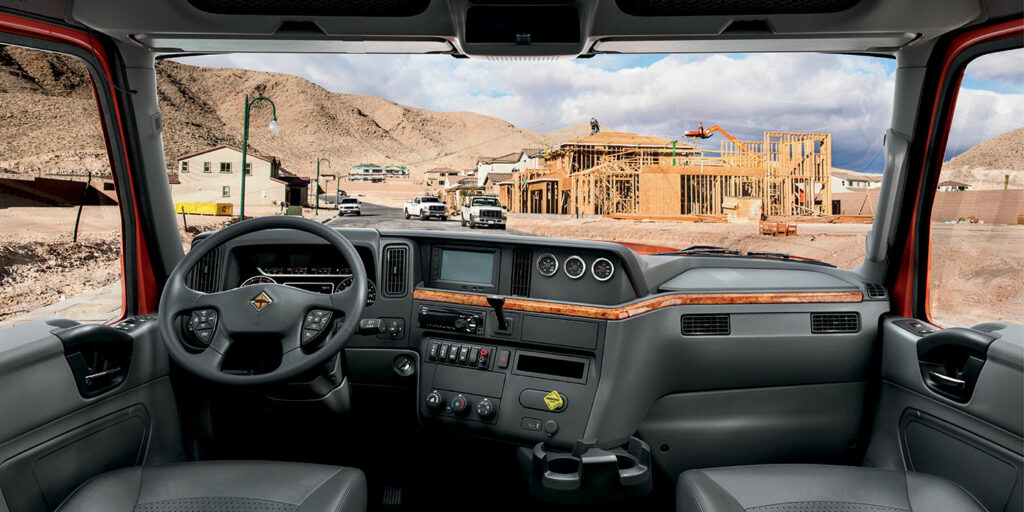
Naturally, the trends in the industry have a direct impact on what kind of trucks are available in those segments.
Medium-duty trucks need to be versatile–there is a wide variety of tasks they might be called upon to perform by the fleets that purchase or lease them. For this reason many OEMs design the chassis to be a potential fit in segments ranging from last mile to vocational.
“We are seeing industry-wide trends toward safety items like collision mitigation and use of cameras, but this is not tied to last-mile,” Navistar’s Shust says. “Customers are increasingly safety- and operating efficiency-conscious. As we start to see electric vehicles emerge in the Class 6/7 market we will likely see some of the historical vehicle class / configuration / differentiation lines (like engine displacement and visibility) blur. Some, like overall vehicle weight as it relates to CDL requirements, will remain constants.”
Peterbilt’s Hall says that the OEM “literally started from scratch” when it came to the design of its new medium-duty trucks, adding that Peterbilt went right to the source for their design information: the drivers.
“We spent days with them to better understand their job and what they need to perform it,” he says of the drivers. “We wanted to know: What are the perceptions of the product, but also the perceptions of their job and how did they see their job evolving in the future? Where is it going to go from their perspective?”
Hall says that the answers to these questions led them to develop features in the new trucks including: easily accessed service points to get the truck in and out of the shop as quickly as possible; fuel economy improvements with the new PACCAR TX-8 transmission; a new 7-in. digital display dashboard that can be configured to display the most important pieces of information to the driver; and an intuitive, comfortable cab design and layout.
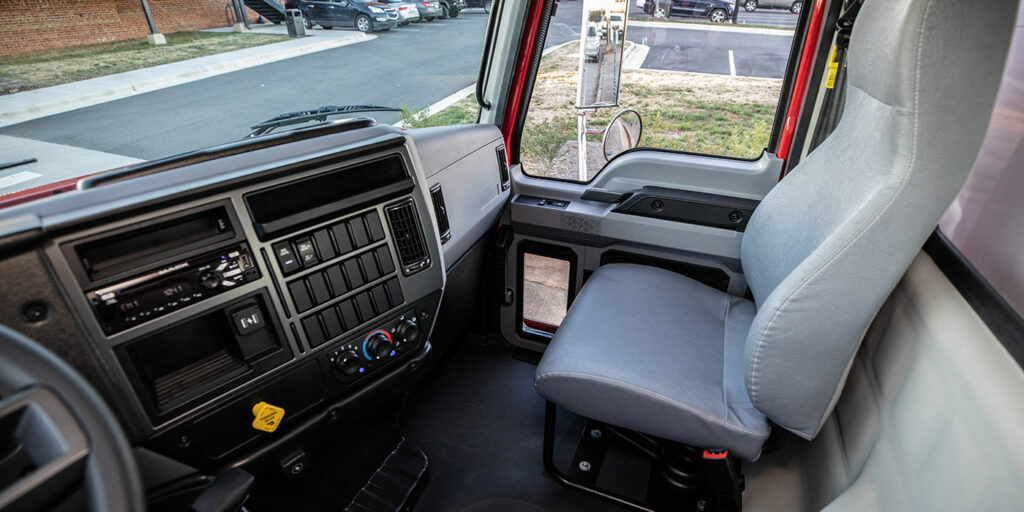
Mack’s Wetherell says that the MD6 and MD7 were designed with today’s driver retention troubles in mind.
“In developing the Mack MD Series, there were some key product targets: driver comfort, productivity and confidence,” he says. “The Mack MD Series carried over key features from our Mack Anthem, like power windows and door locks, tilt/telescopic steering column with a flat-bottom steering wheel, air ride driver’s seat and air-ride cab and commanding driver position with a semi-wraparound dash. And, all MD Series are standard with Allison automatic transmissions.”

